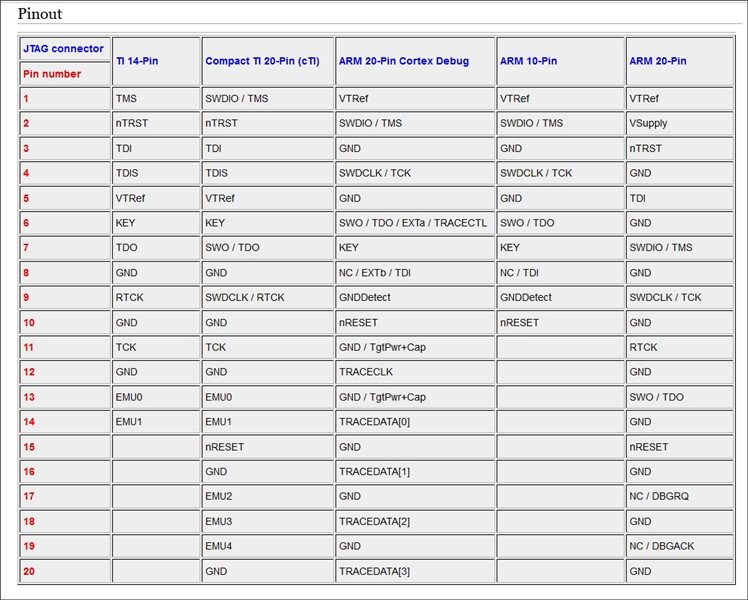There are three options for the XDS100v2, all which appear to support the Tiva TM4C lineup of MCUs:
- Spectrum Digital XDS100v2 ("14-pin TI version")
- Blackhawk XDS100v2 ("20-pin cTI version")
- ARM XDS100v2 ("ARM version")
How do I decide which to use? Would any selection here work? I am doing hobbyist 'in-the-garage' work with the TM4C, and just need something to program and debug with. Kind of like the MSP-FET :)!
Which one should I choose, and why?


